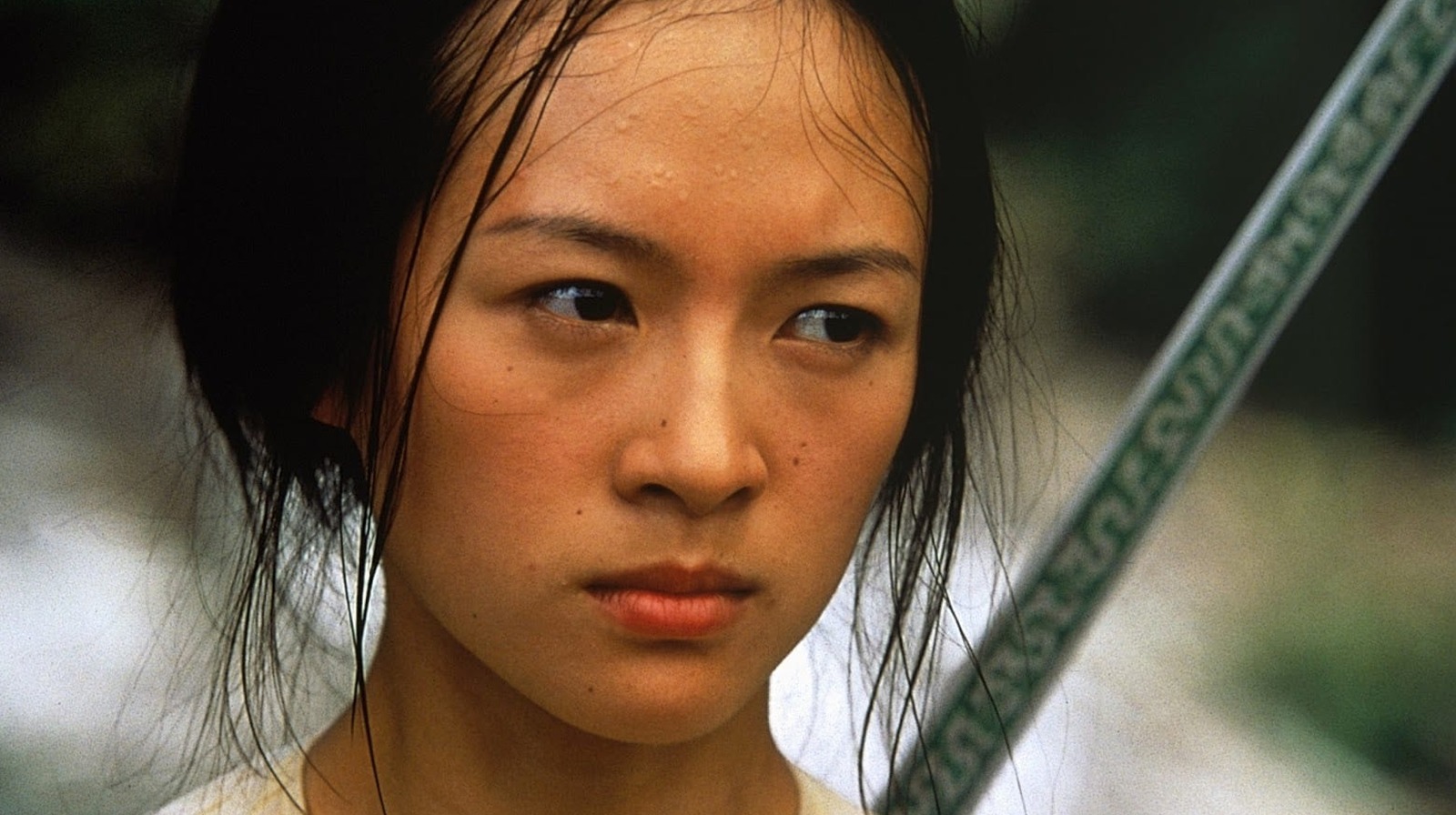
The Best Kung Fu Movies Of All Time Ranked
In many ways, what Clint Eastwood or John Wayne was for the Western, Bruce Lee was for martial arts movies. But while Eastwood and Wayne had decades and dozens of films to establish their legacies, Lee did it in a fraction of the time.
In what would be Lee’s final film before his untimely death at the age of 32, “Enter the Dragon” minted the screen icon as a skilled martial artist sent undercover to compete in a fighting tournament organized by a dangerous international criminal. Almost inarguably the most influential kung fu movie of all time, “Enter the Dragon” is considered Lee’s masterpiece. It’s also one of the most financially successful films ever made, grossing over 400 times its estimated budget of $850,000 (by the 2010s, the movie had earned about $350 million, or roughly $2.2 billion adjusted for inflation, via The New York Times).
At the time of its release, “Enter the Dragon” earned mixed to average reviews, although later critics would be far more generous, complimenting the movie’s action, music, and Lee’s performance. The New York Times‘ Howard Thompson wrote of the film, “The picture is expertly made and well-meshed; it moves like lightning and brims with color. It is also the most savagely murderous and numbing hand-hacker (not a gun in it) you will ever see anywhere.” Further proof of the film’s prestigious place in the kung fu genre came in the early 2000s, when the film was deemed “culturally, historically, or aesthetically significant” by the Library of Congress and selected for preservation in the US National Film Registry.
The enduring influence of “Enter the Dragon” can be found not only in nearly every kung fu film that has followed since, but in modern video game series, manga, and anime as well. The plot of the film resembles the basic premise of “Mortal Kombat,” and the film has been cited as a key influence on the “Dragon Ball” franchise (the name “Dragon Ball” being a direct reference to “Enter the Dragon”).
All these decades later, the film still shapes much of pop culture. Lee’s fighting style in the film also had a major influence on the world of MMA; in the opening scene, Lee dons the now standard-UFC apparel of smaller shorts and kempo gloves, demonstrating several moves that would become commonly used in MMA bouts. According to UFC Hall of Famer Urijah Faber, “that was the moment” modern MMA was born.
“If you look at the way Bruce Lee trained, the way he fought, and many of the things he wrote, he said the perfect style was no style,” UFC president Dana White said in 2020, calling Lee “the father of mixed martial arts.” “You take a little something from everything. You take the good things from every different discipline, use what works, and you throw the rest away.”
